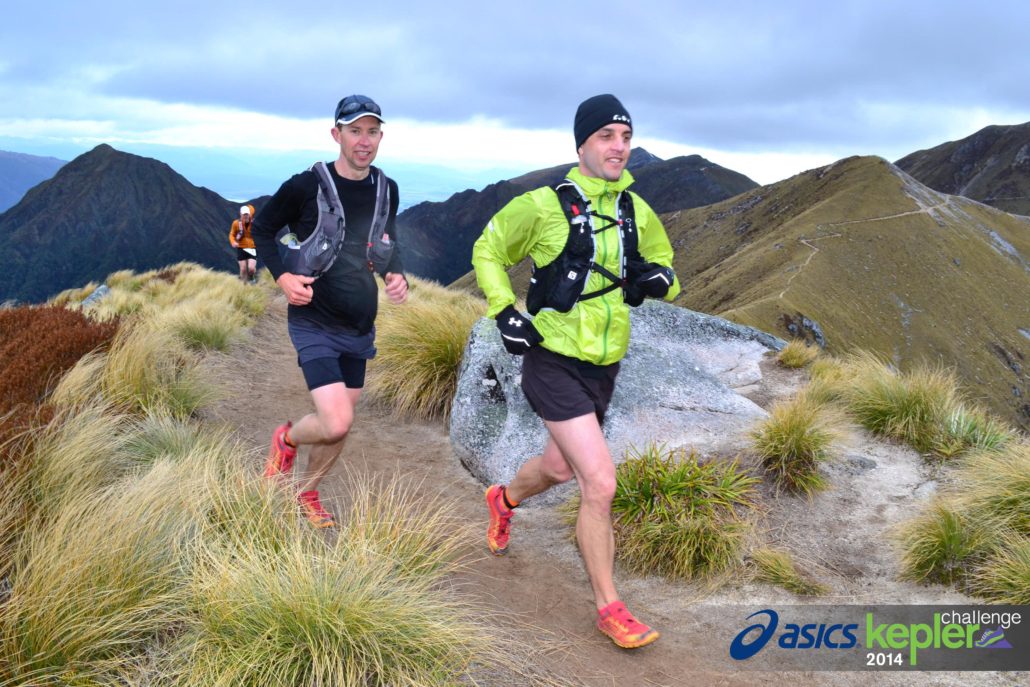Running Injuries
It has got to be the simplest, most accessible, yet frustrating sport known to human-kind.
Yep, running… You either love it or you hate it.
For me, it was a deep passion for almost 20 years and now is something that I have learned to enjoy with a little more balance and perspective.

In the early days though, I, like so many others worked my way through an endless list of injuries that seemed to come one after the other as I pushed my body further and harder.
I competed for many years and was also a running coach for hundreds of amateur and semi-elite runners. My running flavour of choice was Ultra Marathons on mountain trails. Ultras are defined as any distance that is longer than a Marathon. Typically though, races would be 50, 80 or 100+ kms long.
My longest single race was 100 miles (160kms) and my longest event was a road run from Melbourne to Portland in Victoria where I ran 375kms over 5 consecutive days. So I’ve certainly given myself plenty of opportunity to explore the sport and get up close with the associated injuries.
In this article, I thought I’d share a few simple tips that you can share with your runner clients, or that you could perhaps use yourself if you like to dabble in the sport.
🏃♀️ The most common mistake made by runners is simply running too much.
Particularly in the early stages of someone’s experience with the sport, they try to run more often than they should or they run further or faster than their body has adapted to.
At first, run only a few times per week and only increase one aspect of your running from week to week. That may be distance or time, or it may be speed. But don’t increase or
change multiple things each week. This will almost always result in tissue overload.

🏃♀️ Another common mistake is too much repetition.
You are probably thinking that running is a repetitive action, so how can you avoid repetition…?
What I mean by this is, too much repetition of the same type of running.
To train for distance running in a balanced way, it is best to incorporate a number of different types of runs each week. This may include a shorter but faster session, a hilly run, an interval session where the pace is changes at set intervals, or perhaps it could involve a long slow run that is broken up with bouts of walking.
Including this type of variety not only makes the training more interesting and challenging, it also allows the body to respond to a greater number of stimuli and therefore become more injury resistant.

Something else that I also recommend is to change the surfaces that you run on. Doing all your running on the same surface is another recipe for too much repetitive load. Shorter faster runs are great to do on smooth grassy surfaces. While the hilly runs can be done on roads, bush trails or various other terrain. The long slow runs are great to do on a scenic trail somewhere that allows your mind to immerse itself in the surrounds, rather than focus on your watch or a white line on the side of the road.
Running is so much more enjoyable when there is some variety in how you spend that time on your feet.
🏃♀️ The last point I want to touch on is the mental side of things.
Many runners use running as a coping mechanism for their stressful lives, or even perhaps as a way to combat a mental health issue. Other’s use it to chase their ideal body weight or maybe to counteract other unhealthy life choices. Then there are those who just love the feeling of letting the legs do their thing and can’t get enough of the sport.
Whatever the motivation to run, just like striking the right balance in a training program, keeping some balance in how we make running a part of our lives is important. I’ve met soooo many runners who allow their obsession with running to overcome their enjoyment of it. Running, like any form of exercise is meant to be enjoyable.
▶️ YES it is a far better long term choice for coping with mental health issues than medication, but it too
can become an obsessive behaviour if you aren’t careful.
▶️ YES it is a great stress management tool, providing that the intense focus that some people develop
doesn’t become a stress inducing thing in itself.
▶️ YES it is a great way to stay fit and keep the kg’s off the waste-line, but be mindful of that true health is not purely a maths equation. One healthy choice will not entirely cancel out another unhealthy one.
There are a thousand other things that I could have included in this article. Running IS a very simple sport, yet there are complexities to it that could fill a library.
I’ll come back again soon and offer some more thoughts, ideas and suggestions about footwear selection, specific training session design, running technique tips, and other things.
For now though, if you are a runner, just remember to employ variety wherever you can and to make small increases in load at regular intervals. If you do that, then you’ll get to stay injury free for longer, make greater gains, and hopefully have more fun along the way.
Shaun Brewster.






